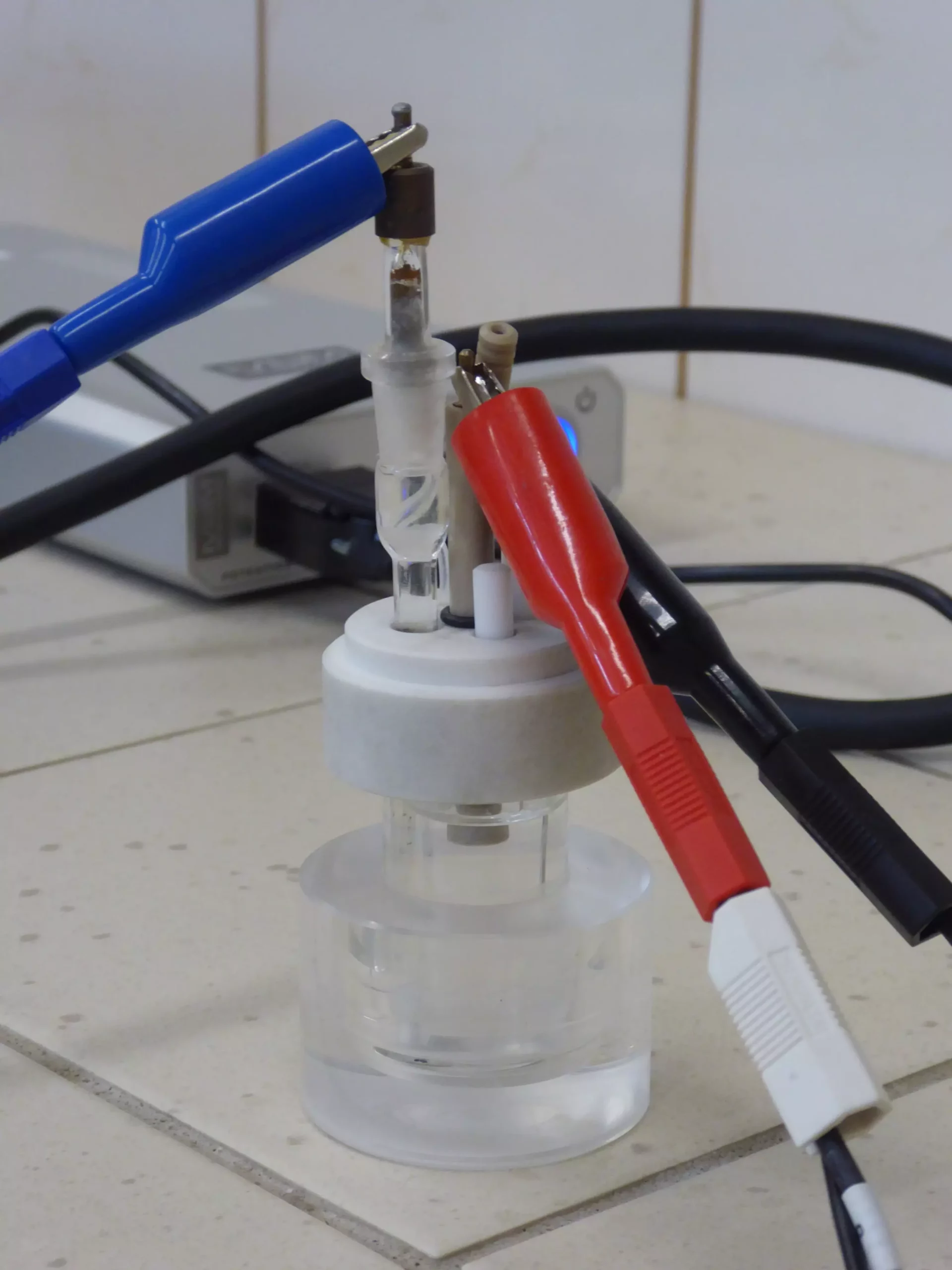As global reliance on lithium-ion batteries (LIBs) surges, particularly in tech and electric vehicles, a pressing issue looms—battery waste. In just four years, the usage of these energy-dense batteries has doubled, leading to a considerable environmental challenge. Their disposal not only poses risks because of hazardous substances but also presents a significant opportunity for innovation in recycling strategies. The quest for effective recycling solutions has never been more critical, particularly as the pace of technological advancement intensifies, and the planet’s resources become increasingly strained.
Innovative Solutions from Polish Research
Recent findings from scientists at various Polish research institutions, as published in the journal ChemElectroChem, offer a fresh perspective on this dilemma. Their research explores an innovative methodology leveraging components extracted from the electrodes of spent LIBs. This study dives into the potential reusability of carbon materials, which were obtained through an acidic leaching process to recover precious metals. The necessity of such innovative recycling methods is underscored by the project’s aim: to repurpose battery components for catalytic processes, particularly those pertinent to hydrogen peroxide (H₂O₂) production.
Hydrogen Peroxide: An Indispensable Chemical
Hydrogen peroxide is often overlooked, yet it is a fundamental molecule across diverse industries. The traditional production methods for H₂O₂ require rigorous conditions, including elevated pressures and temperatures, often demanding expensive catalysts and hazardous electrolytes. While companies pursue cleaner paths forward, the research team’s approach stands out—a more sustainable, electrochemical method utilizing catalysts derived from recycled battery materials. Dr. Eng. Magdalena Warczak, the project leader, emphasizes the significance of creating an eco-friendlier production approach, which could transform the chemical manufacturing landscape.
The outcomes of electrochemical experiments unveiled that the carbon materials recovered from spent LIBs embody notable catalytic properties relevant to the oxygen reduction reaction (ORR). However, the study uncovers a critical nuance: the catalytic efficiency significantly varies based on the sample’s composition and structural characteristics—factors closely tied to the etching conditions used during the processing of the battery electrodes. This dependency implies that a more tailored approach to extraction and processing could yield enhanced catalytic performance.
Understanding the intricacies of the electrochemical reduction of oxygen is vital to optimizing hydrogen peroxide production. Dr. Warczak’s team successfully determined the electron count involved in reducing an oxygen molecule during their experiments. Their findings reveal that the reactions can yield either water or hydrogen peroxide bases on the electron transfer. Specifically, they noted that all the tested samples consistently catalyzed the desired two-electron process, resulting in hydrogen peroxide synthesis—an encouraging revelation for future applications.
A Broader Perspective: The Potential of Battery Waste
Critically examining previous perspectives on LIB waste, it is clear that the materials have often been relegated to secondary sources of carbon and metals like lithium and cobalt. This research shifts that narrative, positing that battery byproducts hold immense catalytic potential. If further refined, this could unlock pathways for using battery waste in producing H₂O₂, a compound vital to numerous sectors including chemical manufacturing, textiles, electronics, and even space exploration—where it has emerged as a notable environmentally friendly fuel oxidizer.
Currently, hydrogen peroxide is widely known as a disinfectant and an ingredient in various household and industrial products. However, its applications are far-reaching, impacting industries from food processing to rocket propulsion systems. The study underscores the potential shifts in how H₂O₂ might be generated sustainably, potentially using discarded materials that would otherwise contribute to environmental degradation.
Ongoing research is pivotal to enhance the electrochemical reaction efficiencies, making them viable for viable industrial applications. Future studies will delve into leveraging four-electron oxygen reduction pathways for fuel cell technologies, further integrating these insights into practices that could reshape the trajectory of chemical production.
This groundbreaking research from Poland provides not just a blueprint for recycling lithium-ion battery waste but also a hopeful outlook for the future of hydrogen peroxide production. By unlocking the catalytic capabilities of materials from spent batteries, we stand at the cusp of a potential revolution in sustainable practices across multiple industries. The intersection of waste management and chemical manufacturing could pave the way for greener technology, fostering an innovative approach that prioritizes both environmental health and scientific advancement.


Leave a Reply